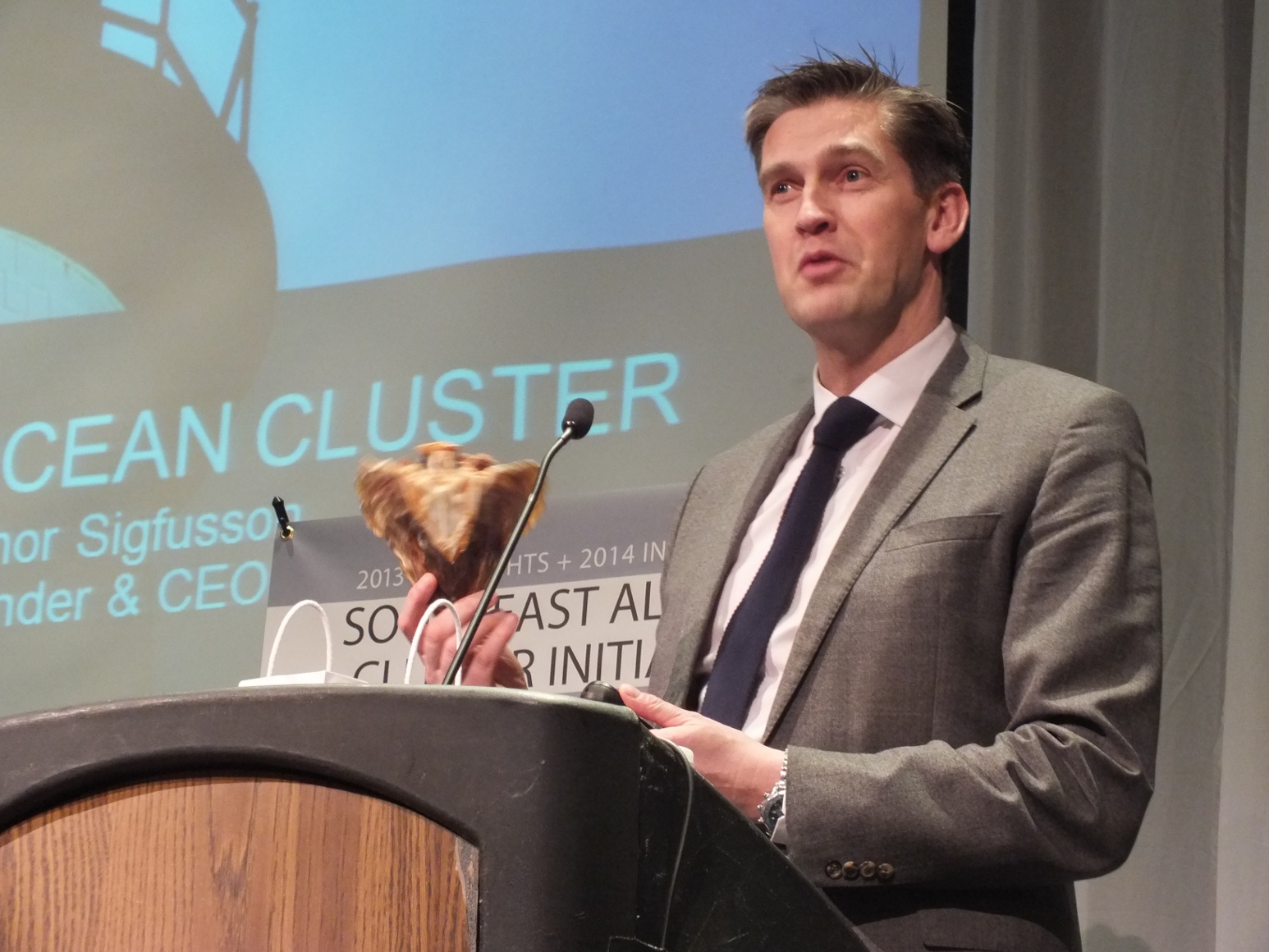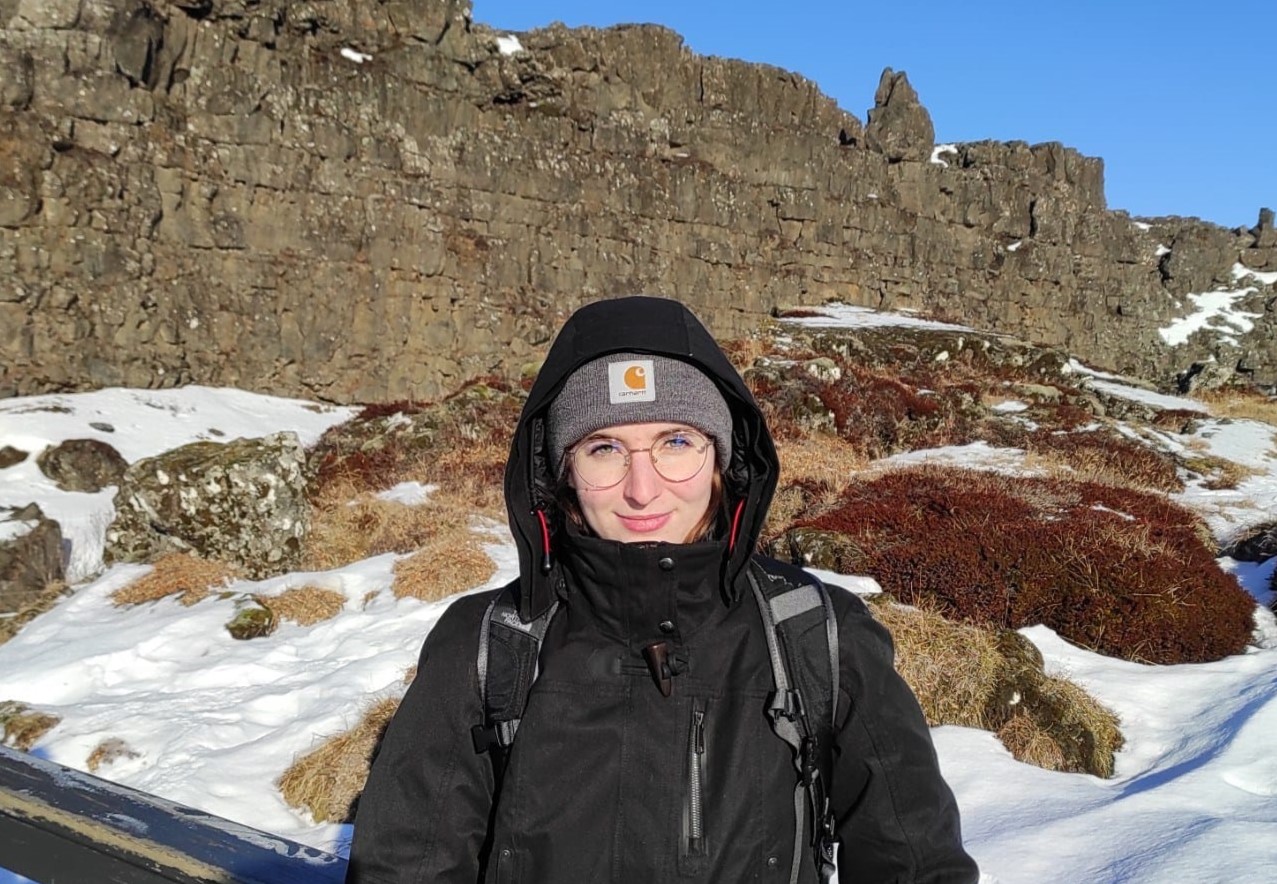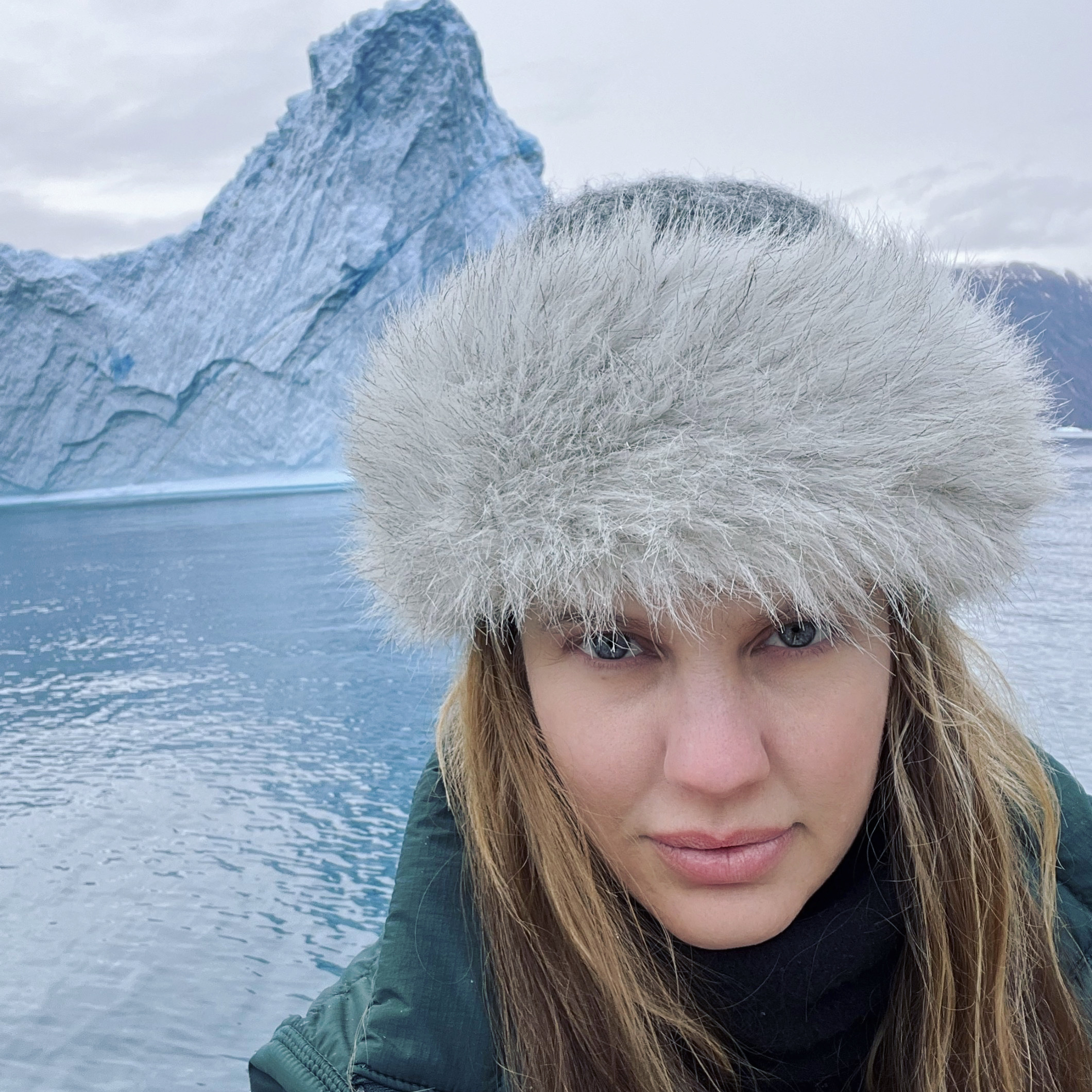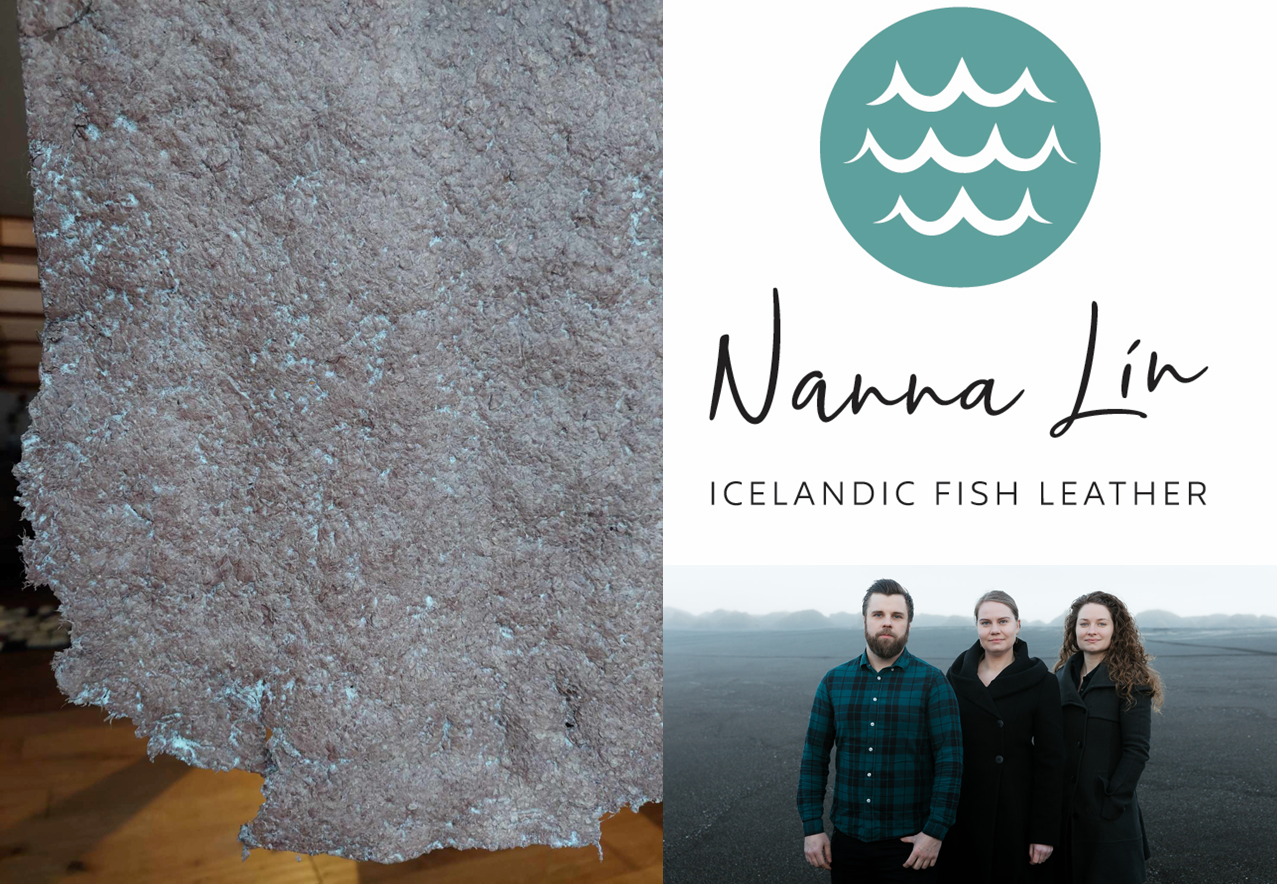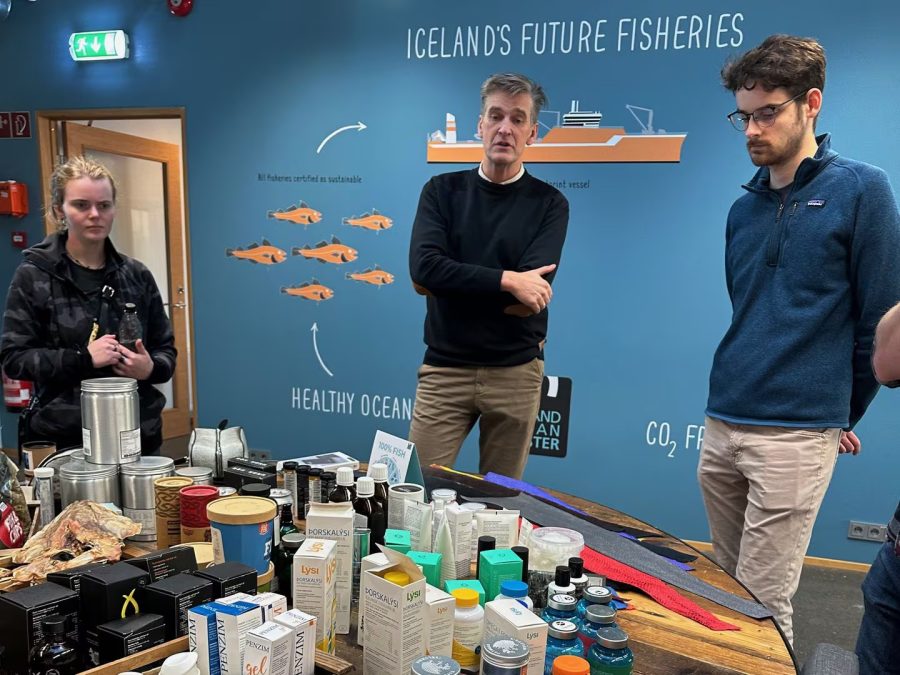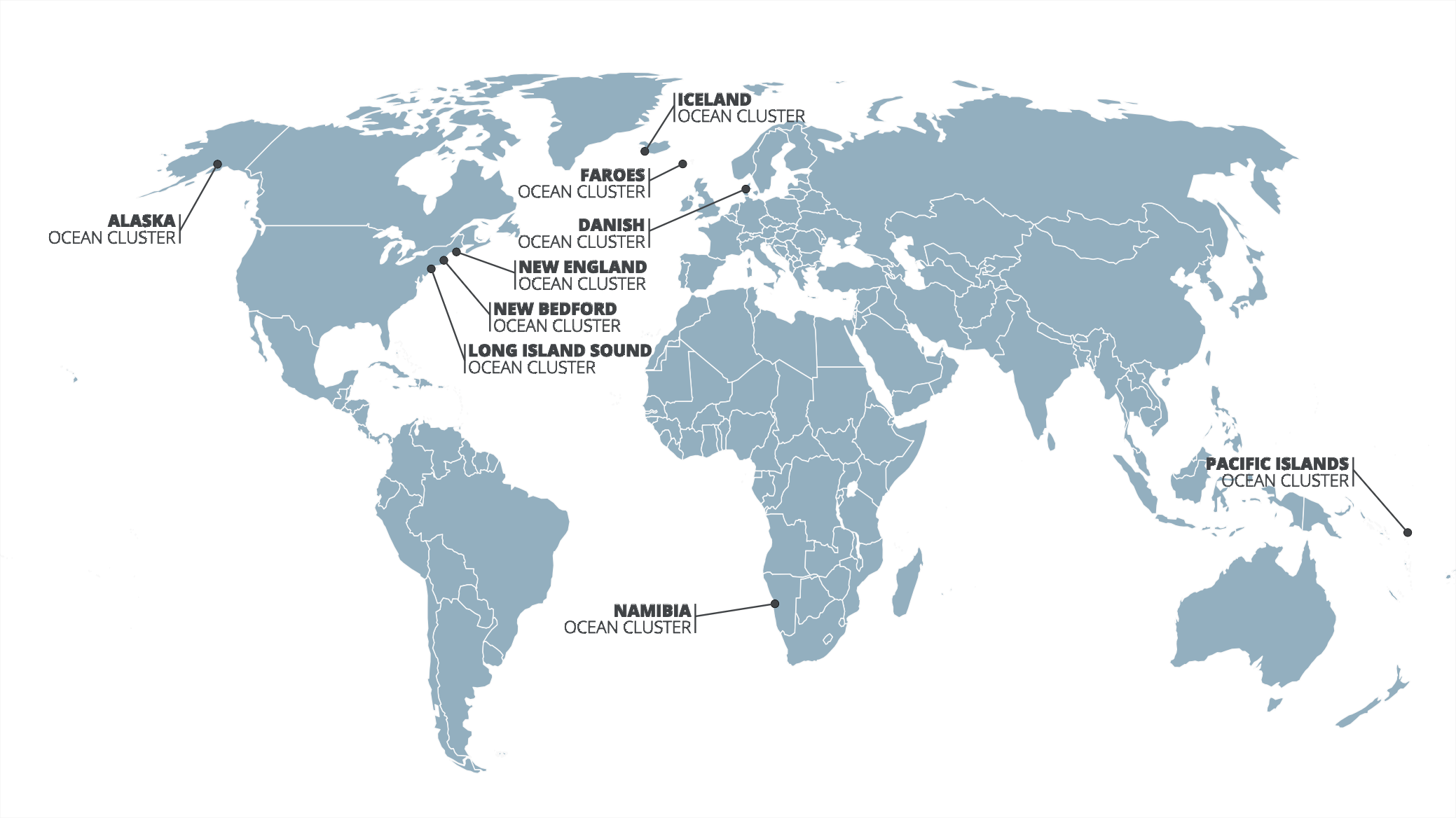While in typical North Atlantic fisheries the head, gut and bones of cod are discarded, Icelandic fisheries increasingly utilise these resources and create value from them. Analysis done by the Iceland Ocean Cluster indicates that Icelanders utilise around 80% of each cod while many neighbouring countries make full use of only around 50%. The study indicates over 500 thousand tonnes of cod are discarded or wasted in the Barents Sea region and across the North Atlantic from Newfoundland in the west to Norway in the east.
“Cod Day in the North Atlantic is held both to celebrate the success of fishing industry, technology sector and R&D companies which have found ways to utilise more from each fish and to remind us all in the North Atlantic about the potential value in utilising more of this fantastic natural resource,” says Dr. Thor Sigfusson CEO of the Iceland Ocean Cluster. “We are very pleased that organisations in the US (New England Ocean Cluster) and in Greenland (KNAPK and Sermersooq Business Council) are joining us and will have their own events emphasizing the Cod“ says Sigfusson about the upcoming event.
“We can create careers for young people in the North Atlantic who are interested in developing new products from fish byproducts, marketing, pharmaceauticals, design, etc.,” says Sigfusson. “Instead of focusing only on volume we should focus on creating more value from less!”
But how come Icelandic fisheries utilise more of each cod than most other nations and can the Icelandic model can be duplicated?
“There is no single explanation for this huge difference in utilisation. Partly it may be explained by the fact that unlike the year-round long fishery in Iceland, many fishing nations have short fishing seasons with massive amounts landed over a few months making it difficult to process such raw material efficiently. Secondly, the integration between fishing and processing in Iceland through common ownership is not usually the case in many other North Atlantic fishing nations. Finally, the fact that unlike the Icelandic fleet, vessels of other nations need a long steam to the fishing grounds placing them in a position in which they need to store larger quantities of frozen fillets (or headed and gutted fish) as possible and therefore they have less opportunity to keep the remaining raw material on board. In Norway for instance many trawlers steam over 700 miles to Barents Sea fishing grounds.“
 „I am confident that it is only a matter of time when fisheries will stop discarding out value. If we look back 20 years, the liver was the only part of the rest of the raw material that had some “value.” The rest of the by-products was mostly treated as waste with no value. Over these 20 years, new markets and companies capable of handling by-products have been developed in various areas. A good example of a company is Copalis at Boulogne-sur-Mer in northern France. The original aim of Copalis was to add value to by-products generated by fisheries. What began as a smelly by-product reduction plant has become a world class by-product producer for one of Europe’s leading fish processing ports. Another example is Haustak in Iceland, a leading fish drying plant that uses geothermal heat. In collaboration with the Iceland Ocean Cluster, Haustak has recently established Codland, a company which is creating oil and fish meal from cod cut-offs and bones and collagen from cod skin. Codland’s mission is to use use the entire cod – to utilise 100% of every cod.”
„I am confident that it is only a matter of time when fisheries will stop discarding out value. If we look back 20 years, the liver was the only part of the rest of the raw material that had some “value.” The rest of the by-products was mostly treated as waste with no value. Over these 20 years, new markets and companies capable of handling by-products have been developed in various areas. A good example of a company is Copalis at Boulogne-sur-Mer in northern France. The original aim of Copalis was to add value to by-products generated by fisheries. What began as a smelly by-product reduction plant has become a world class by-product producer for one of Europe’s leading fish processing ports. Another example is Haustak in Iceland, a leading fish drying plant that uses geothermal heat. In collaboration with the Iceland Ocean Cluster, Haustak has recently established Codland, a company which is creating oil and fish meal from cod cut-offs and bones and collagen from cod skin. Codland’s mission is to use use the entire cod – to utilise 100% of every cod.”
Sigfusson says most development has been in the liver and omega sectors where companies in countries such as Norway and Iceland have become key players in the field. “The success of the liver business does not necessarily indicate that liver is in the long run the most valuable part of the rest of the fish. Liver was just in my opinion the first in line of great many opportunities and has already been developed over a longer time than other by-products. Next in line are enzymes, collagen, proteins and calcium, to name a few. Various smaller plants in Iceland treating cod by-products are a strong indication of this coming trend: a fish leather plant, an enzyme plant, a protein plant, and an upcoming fish collagen plant.”

Collagen from Feel Iceland, one of many products made from the Icelandic cod
The pioneering plants in fish meal, drying, liver, etc. have all experienced a significant change in the market for by-products in their areas. The price of by-products has increased steadily, but never as significantly as it has in the last five years. The price for liver has doubled in the last three years, price of dried fish heads have been fairly stable while the fillet market has been volatile and new niche markets are on the rise, such as cutlets/mince (for animal feed), dried bones and enzymes.
As more companies join the by-product market and the market develops further, the prices will continue to increase and the incentives for fisheries to get value from their by-products are also set to increase. “The question is only, can we increase the pace and plan for the North Atlantic to be in the forefront of utilising byproducts from our whitefish,” says Sigfusson.
“The biggest threshold for increased utilisation is probably the supply chain. Some fishermen I have spoken with in the US, Scandinavia and Greenland have been interested in utilising more of the fish but there is often a complete lack of an efficient supply chain. One fisherman told me that even though he would like to keep the heads on board his longliner, at the other end of the chain there would be no-one there to pick it them up, dry them and sell the products. Greenland faces also a significant difficulty due to stock management and expensive logistics. The small number of existing plants also demonstrates the volume of waste material from fishing villages that are too small or have limited or over-complex logistics to make the business efficient.
To respond to this, it is crucial to study carefully every link in the value chain to determine how to strengthen it. One important part is lack of suitable technology for smaller fishing villages to be able to process their own by-products. Now, new technology is being introduced by Icelandic fish technology firms which may open doors for smaller fishing villages to start more fish utilisation on a local basis. The new technology includes new modular drying plants and fish oil plants. Such development would also ease the logistics issue as processed products consume less space and higher value products would be transported to the market.”
Icelanders have long taken pride in their efficient fisheries. There is no one explanation why Iceland fisheries have for the most part been more efficient than others. “I believe there is, as is often the case, a very pragmatic explanation: Icelanders have never had the luxury of treating their fisheries lightly,” says Sigfusson.
“As the core industry in Iceland it cannot be government subsidised. The catching sector and the entire cluster of seafood businesses has for long been at the heart of the income tax base for government and not the other way around. The same applies to a great extent when examining Icelandic fish by-products; if there is value to be found in by-products, effective fisheries used to focusing on value will find opportunities to use them.”
In late 2013, farmed salmon was sold for more than double the price of natural cod. There is a great challenge ahead for the whitefish industry to tackle this. Sigfusson says there is an important task ahead to strengthen marketing efforts. “But we may need a paradigm shift to place increased effort into the by-products and the opportunities we have in that field. If growth in the cod by-product industry in Iceland for the last five years is any indication of what is coming on both sides of the Atlantic, cod by-products have the potential to actually rival the export values of fillets sometime in the future. By-products in Iceland fisheries have not by any means been only toys for academics and pilot projects, but have been taken seriously by a large industry utilising sustainable, natural and traceable protein. The Icelandic model can be duplicated in our neighbouring countries, capable of creating wealth and jobs around the North Atlantic.”

